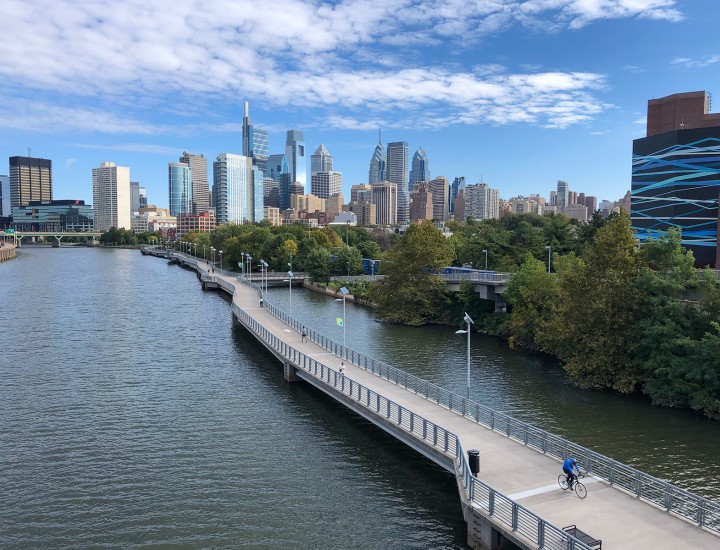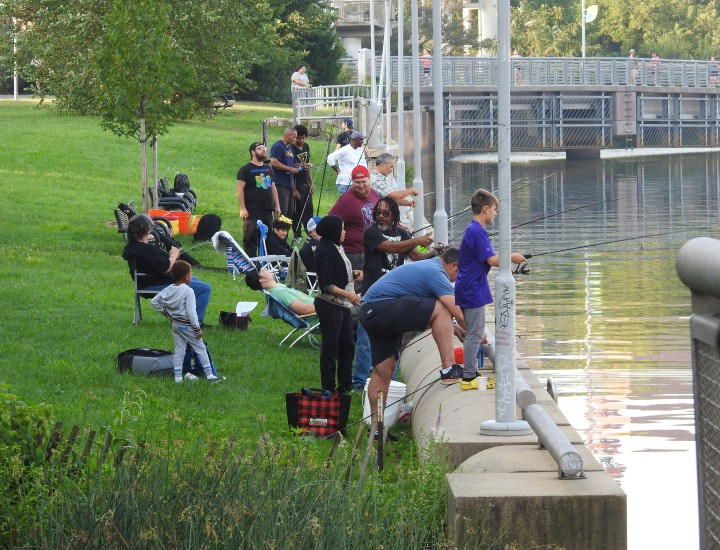Let's Celebrate the Schuylkill River!

June is Rivers Month, so let’s get to know the Schuylkill River!
This lovely river is 135 miles long and winds through five counties in Pennsylvania. It is part of the Delaware River Watershed which empties into the Atlantic Ocean. Schuylkill, which means “hidden river,” was named by Dutch settlers who discovered the river's mouth near the Delaware River’s League Island in the early 1600s. Prior to that time, the river was called Ganoshowanna, meaning “falling water,” by the Lenape who lived in the area that is now West Philadelphia. (Learn more about the Lenape here). The Revolutionary War was fought in the Schuylkill River Watershed, and George Washington’s army camped at Valley Forge one brutally cold winter. (Learn about the Washington-Rochambeau Revolutionary Route here). The Industrial Revolution flourished along the Schuylkill with coal and other supplies shipped into growing cities and manufactured goods shipped out to the surrounding markets. The nation’s first public water supply pumping system was developed along the river at The Fairmount Water Works in 1812.
Eventually, the Schuylkill’s success led to its demise, and at one point the river was so polluted it could not sustain aquatic life in some areas. In 1867, Philadelphia chartered the Fairmount Park Commission in order to acquire land to prevent industrial development along the river. This is among the first recorded instances of a government purchasing open space as an environmental protective measure. In the 1940s, the first large scale environmental cleanup conducted by any government agency in the nation commenced with the Schuylkill River Project, and work to revitalize the river continues today. The Schuylkill is so important in the history of our state that the Department of Conservation and Natural Resources designated it a State Heritage Area in 1995. And Congress recognized its significance in our nation’s history and designated it a National Heritage Area in 2000. (Learn more about these designations here).
By the looks of it, this Hidden River is not so hidden after all!


